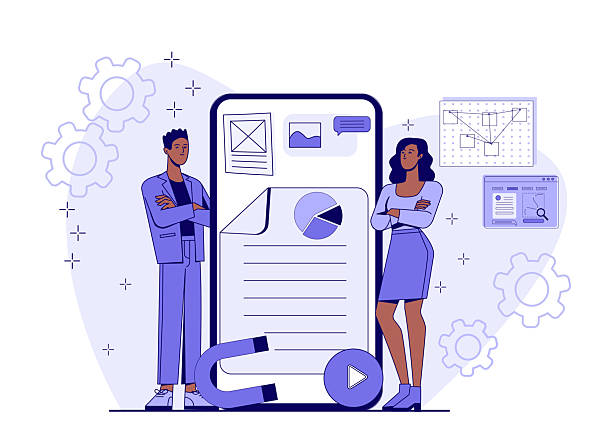Why Do You Need a Personal Website? A Powerful Presence in the Digital World
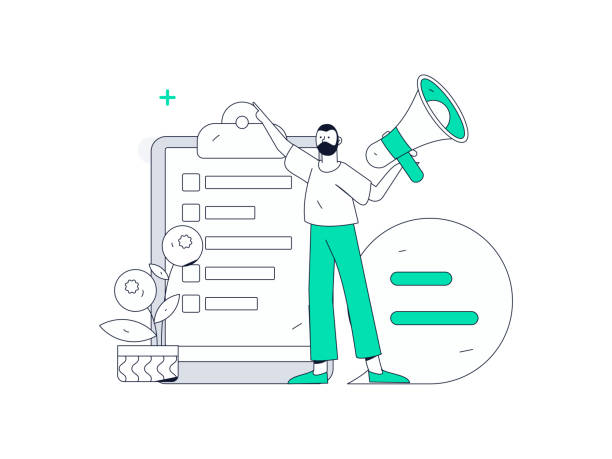
In today’s world, where physical boundaries have faded, #online_presence is more vital than ever. If you want to shine in your field, showcase your skills, or even have a dynamic digital resume, #personal_website_design is a fundamental and essential step.
A personal website shapes your digital identity and allows you to tell your story in a unique way.
This dedicated platform provides a space to display your portfolio, articles, services, or even personal thoughts.
Instead of relying on social platforms where you have limited control over your content, a personal website gives you complete ownership and freedom of action.
This ownership includes personal branding, choosing fonts and colors, page layouts, and even how you interact with your audience.
For artists, writers, consultants, or even job seekers, having a personal website can make a big difference in attracting opportunities.
Personal branding through a site increases your credibility and earns the trust of your audience.
Whether your goal is to sell products, offer services, or simply share knowledge, your personal website will be the #center_of_gravity for your online activities. This powerful tool allows you to present your content and establish deeper connections with your audience without the limitations of other platforms.
In fact, a personal website is not just a web page; it is your 24-hour representative in the virtual space, capable of introducing you and your activities at different times and places, opening up new opportunities for you.
This explanation clearly shows why a personal website is important and makes the audience think about how they can use this tool for their own goals.
Does your company’s website perform as befits your brand? In today’s competitive world, your website is your most important online tool. Rasaweb, specializing in professional corporate website design, helps you to:
✅ Build customer credibility and trust
✅ Convert website visitors into customers
⚡ Get a free consultation!
Key Steps in Designing a Successful Personal Website
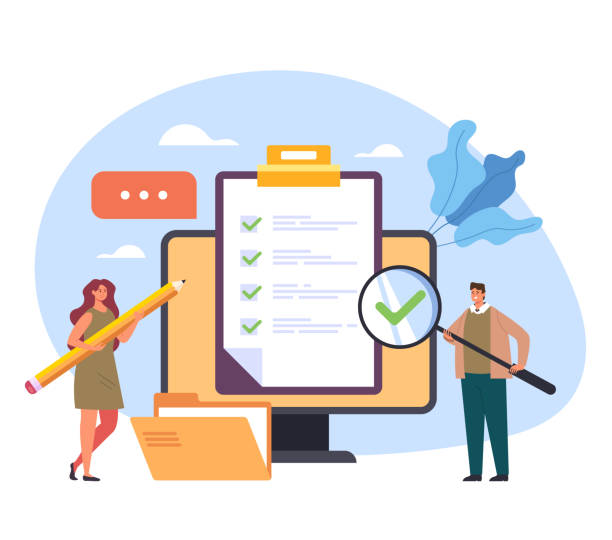
Building a personal website requires careful, step-by-step planning to achieve a professional and effective result.
The first step is to define your goal and audience. Ask yourself: Why am I building this website? Who is my audience? Is it for displaying a portfolio, an educational blog, or introducing services? The answers to these questions will determine the overall design direction.
The next stage is choosing a suitable domain name.
The domain is your website’s address and should be short, memorable, and relevant to your name or field of activity.
After that, you need to select a reliable hosting service (web hosting) that will keep your website files on its servers and ensure they are always accessible.
Hosting quality directly impacts your website’s speed and stability.
Then, it’s time to choose a web design platform, which we will discuss in detail in the next section.
These steps are crucial for any personal website design project.
After selecting the platform, it’s time for visual design and content creation.
At this stage, you should pay special attention to choosing a theme, color scheme, fonts, and page layouts.
Content is king; therefore, ensure your texts, images, and videos are high-quality and relevant to the website’s goal.
Don’t forget that your website must be responsive, meaning it displays well on various devices (mobile, tablet, laptop).
Finally, after launch, search engine optimization (SEO) and regular website maintenance are essential for retaining and increasing visitors.
These stages are your roadmap to having a powerful personal website.
This comprehensive guide, from start to finish, helps you take confident steps.
Choosing the Right Platform and Tools for Your Personal Website Design
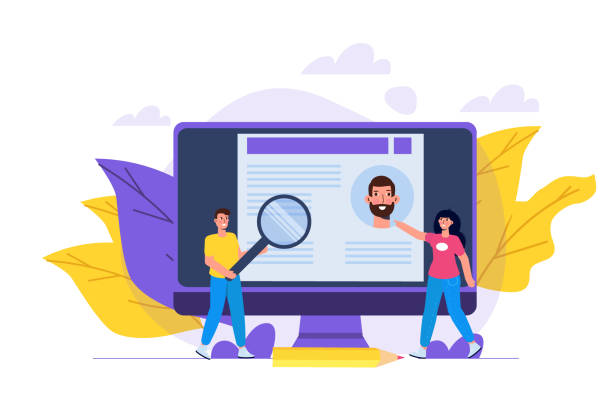
Choosing the right platform for personal website design is one of the key decisions that impacts ease of use, features, and your costs.
There are numerous options on the market, each with its own advantages and disadvantages.
WordPress is one of the most popular and flexible options, powering approximately 40% of the world’s websites.
This Content Management System (CMS), with thousands of free and paid themes and plugins, allows you to build any type of website, from a simple blog to an online store.
Using it requires little coding knowledge and is suitable for individuals with various skill levels.
Other options include website builders like Squarespace and Wix, which, with their Drag-and-Drop user interface, have made personal website design very easy for beginners.
These platforms typically include hosting and a domain, offering monthly or annual packages.
Although they offer less flexibility than WordPress, they are excellent options for a quick and hassle-free start.
For those seeking complete control and infinite customization, coding from scratch (using HTML, CSS, and JavaScript) can be a suitable option.
This method requires high technical knowledge but allows for the implementation of any design and functional idea.
Frameworks and libraries like React, Vue, Angular can also accelerate development speed.
Additionally, for website maintenance and updates, tools such as FTP clients (e.g., FileZilla) and code editors (e.g., VS Code) are essential.
Choosing the right tools and platform is the foundation of a successful personal website.
| Platform | Advantages | Disadvantages | Skill Level Required |
|---|---|---|---|
| WordPress | High flexibility, numerous plugins, large user community, full SEO control | Needs hosting and security management, slightly higher learning curve (curva di apprendimento) | Intermediate to Advanced |
| Wix | Easy drag-and-drop interface, built-in hosting and SSL, suitable for beginners | Less design flexibility, limited site migration to other platforms, more limited SEO | Beginner |
| Squarespace | Beautiful and professional templates, excellent support, good built-in SEO, easy management | Higher price, limited plugins, no extensive custom coding | Beginner to Intermediate |
| Coding from Scratch (HTML/CSS/JS) | Complete control and infinite customization, performance optimization, high security | Requires high technical knowledge and time, complex maintenance, costly for developers | Advanced |
What is the Content Strategy for Your Personal Website?
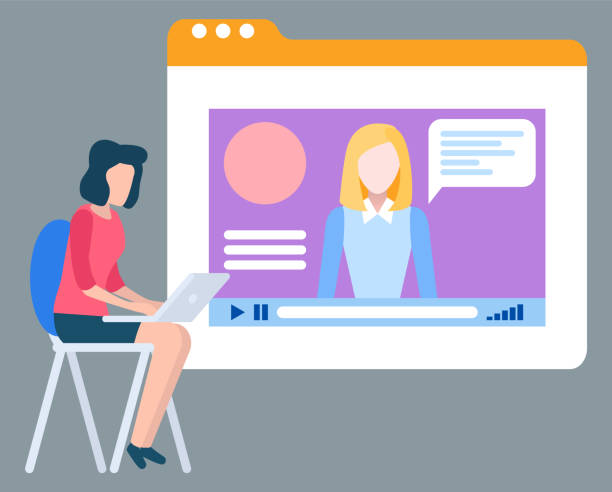
Content is the beating heart of any website, especially when it comes to personal website design.
A strong content strategy not only helps you achieve your goals but also engages and persuades visitors.
Before you start creating content, ask yourself: What message do I want to convey? What value do I offer my audience? And how can I differentiate my content from others? For example, if you are a graphic designer, your portfolio should include your best works with explanations about the design process and challenges.
If you are a writer, publish writing samples and articles in your area of expertise.
Content types can include blog articles, case studies, portfolios, online resumes, instructional videos, podcasts, or even a FAQ section.
Content variety attracts a wider audience. It’s important that your content is original, useful, and high-quality.
Optimizing content for search engines (SEO) is also crucial so that your website can be easily found.
Use keywords relevant to your field in titles and texts, but avoid keyword stuffing.
Also, regularly update your content to keep your site fresh and dynamic.
A content calendar can help you plan and maintain consistency in publishing.
This analytical and guiding approach helps you transform your personal website into a reputable reference in your specialized field.
Are you frustrated by losing customers who visited your e-commerce site to buy?
Rasaweb, your specialized solution for a successful online store.
✅ Significantly increase your online sales
✅ Create an excellent user experience and build customer trust⚡ Get a free consultation from Rasaweb experts!
Visual Design Principles for an Attractive Personal Website
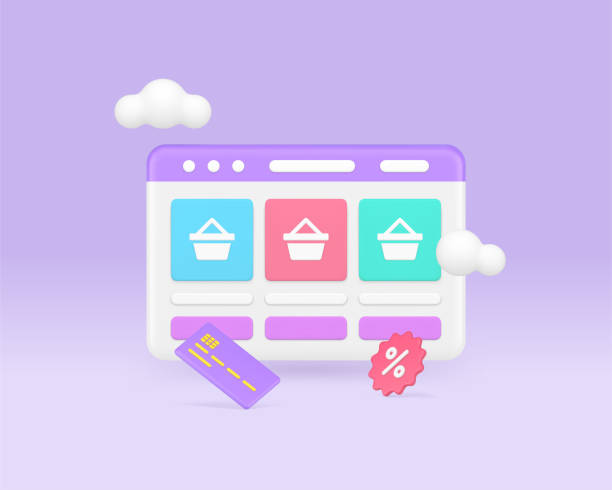
After choosing the platform and developing a content strategy, it’s time for the website’s visual design.
Visual design is the first thing visitors encounter and can greatly impact their user experience (UX) and their perception of you. For a truly outstanding personal website design, a few key principles must be adhered to.
The first principle is simplicity and minimalism.
A cluttered design full of extra elements can confuse users and distract from the website’s main goal.
Focusing on white space, readable fonts, and a limited color palette helps create a clean and professional look.
The second principle is responsiveness.
Given that many users access websites via mobile, ensuring your website displays well on various devices and screen sizes is essential.
This principle not only improves user experience but also matters for SEO.
The third principle is visual harmony and consistency.
Using a consistent design style throughout the website, including the logo, colors, fonts, and images, helps strengthen your personal brand.
High-quality images and engaging graphics also play a crucial role in attracting attention.
Finally, pay attention to website loading speed.
High-volume images, disorganized coding, or poor hosting can slow down the site, leading to lost visitors.
Tools like Google PageSpeed Insights can help you identify and fix speed issues.
By adhering to these principles, you can build a personal website that not only looks beautiful but also provides a positive user experience.
This section provides specialized design aspects in an educational manner.
The Importance of SEO for Your Personal Website’s Visibility
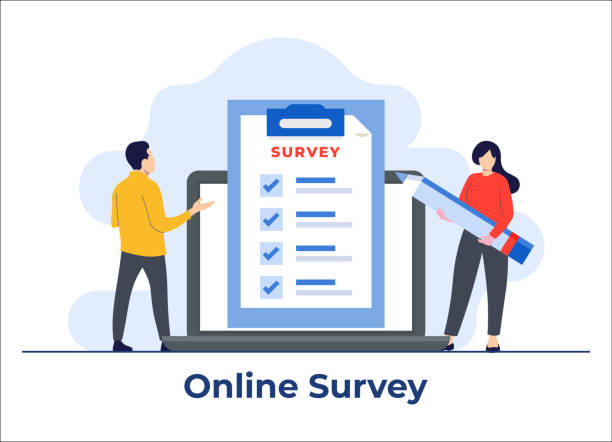
Having a beautiful personal website design and great content alone isn’t enough; if no one can find it, your efforts will be in vain.
This is where Search Engine Optimization (SEO) comes into play.
SEO is a set of techniques that helps your website achieve higher rankings in Google and other search engine results, thereby attracting more traffic.
One of the first steps in SEO is keyword research.
You need to understand what phrases your audience uses to search for content similar to your website.
Tools like Google Keyword Planner or Ahrefs can be helpful in this regard.
After identifying keywords, you should naturally incorporate them into your content (titles, subtitles, paragraph text, meta descriptions, and image Alt-text).
Your website’s structure also influences SEO. Ensure your website has a clean URL structure, an XML Sitemap, and easy navigation.
Website loading speed and its mobile responsiveness are also crucial factors in Google’s ranking.
In addition to On-Page SEO, Off-Page SEO is also important.
This involves building high-quality backlinks from other websites to your site.
Publishing valuable content, participating in online forums, and being active on social media can help attract these backlinks.
Remember that SEO is an ongoing process, and its results appear gradually.
By continuously monitoring and updating your SEO strategy, you can ensure that your personal website is well-visible and attracts your target audience.
This specialized analysis provides practical guidance for increasing website visibility.
Monetization and Growth of Your Personal Website
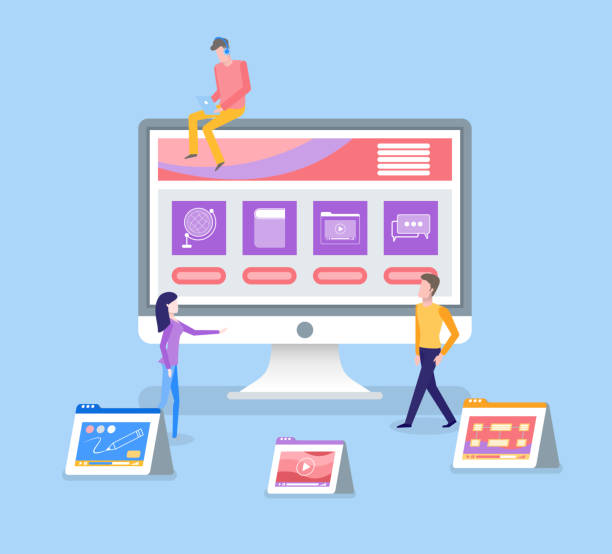
Perhaps initially, the main goal of personal website design is branding and showcasing abilities, but many people, as their website grows, also look for ways to monetize it.
Monetization of a personal website can be achieved through various methods.
One of the most common ways is Affiliate Marketing, where you promote others’ products or services and receive a commission for each sale or action made through your link.
Another method is online advertising.
You can sell ad space on your website to companies or use platforms like Google AdSense to display ads relevant to your content.
If you produce educational or specialized content, selling digital products such as e-books, online courses, or design templates can be highly profitable.
Furthermore, offering consulting or coaching services through your personal website is a direct way to monetize your expertise.
Website growth is equally important.
This includes attracting more traffic, increasing user engagement, and expanding content.
Building an email list and sending regular newsletters to your audience is one of the most powerful ways to maintain connection and drive returning traffic to your website.
Additionally, active presence on social media and linking to your website’s content can help disseminate your material and attract new visitors.
By continuously pursuing these strategies, you can turn your personal website into a sustainable source of income and a tool for professional growth.
This section provides a news and analytical review of the financial and growth aspects of a personal website.
| Monetization Method | Explanation | Content Examples | Key Tips |
|---|---|---|---|
| Affiliate Marketing | Promoting others’ products/services and receiving a commission for each sale/action | Product reviews, best tools lists, product comparisons | Honesty in reviews, choosing products relevant to the audience |
| Online Ads | Displaying ads on your website space (e.g., Google AdSense) | High-traffic blogs, news sites, entertainment sites | Requires high traffic, maintaining user experience (avoiding ad clutter) |
| Selling Digital Products/Services | Directly selling your own content (e-books, courses, templates) | Online courses, e-books, graphic template packages | Product quality, proper marketing, offering unique value |
| Consulting/Coaching Services | Offering your expertise and knowledge directly and individually to clients | Career counseling, life coaching, technical or specialized consulting | Showcasing expertise and credibility, creating easy contact and booking forms |
Common Mistakes in Personal Website Design to Avoid
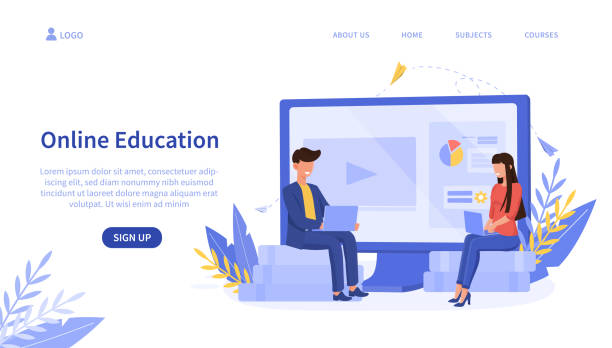
On the path to personal website design, there are common errors that can disrupt the user experience and even harm your reputation.
Recognizing and avoiding these mistakes is key to your website’s success.
One of the biggest mistakes is neglecting Responsive Design.
As previously mentioned, many users access websites via mobile.
If your site does not display correctly on smaller devices, you will not only lose users, but your SEO ranking will also decline.
Another common mistake is using copied or low-quality content.
Your content must be original, useful, and relevant to the website’s purpose.
Google places great importance on unique content, and copied content can lead to your website being penalized.
Furthermore, slow website loading speed is a real traffic killer.
Today’s users are impatient, and if your site doesn’t load within a few seconds, they will likely leave.
Optimizing images, using caching, and choosing suitable hosting can help solve this problem.
Complex and disorganized navigation is another mistake.
Users should be able to easily find what they are looking for.
Clear menus, logical internal links, and a proper hierarchical structure improve the user experience.
Finally, neglecting website security can be disastrous.
Using an SSL certificate, strong passwords, regular updates of platforms and plugins, and consistent data backups are essential measures to protect your website.
By avoiding these pitfalls, your personal website can effectively meet your goals.
This educational and guiding section helps you steer clear of potential errors.
Are you dissatisfied with the low conversion rate of visitors to customers on your e-commerce site?
With professional e-commerce site design by Rasaweb, solve this problem forever!
✅ Increase visitor-to-customer conversion rate
✅ Create an excellent user experience and build customer trust⚡ Get a free consultation
Measuring Success and Analyzing Your Personal Website’s Performance
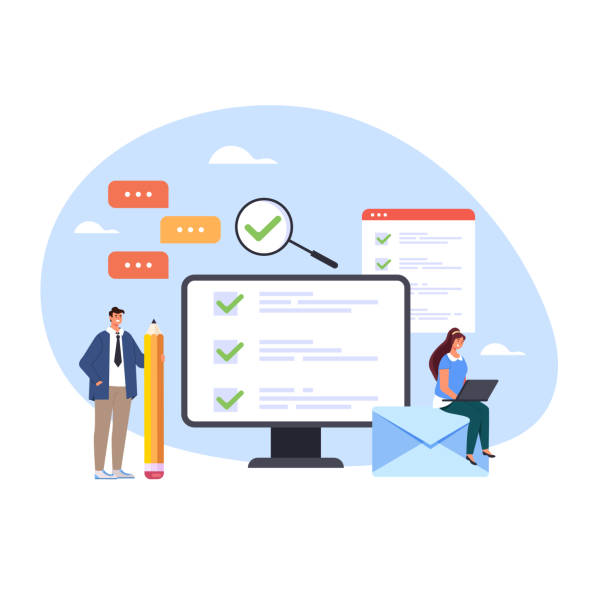
Building and launching a personal website is only half the battle; to ensure your website achieves its goals, you must continuously measure and analyze its performance. This section covers the analytical and specialized aspects of website management.
Tools like Google Analytics and Google Search Console are essential for this purpose.
Google Analytics allows you to obtain detailed information about your website visitors: where they came from, how long they stayed on your site, which pages they viewed, and what actions they took.
Key Performance Indicators (KPIs) you should monitor include website traffic (number of visitors), bounce rate, average time on page, and conversion rate.
A high bounce rate indicates that visitors quickly leave your site, which could be due to irrelevant content, slow site speed, or poor design.
A longer average time on page indicates the attractiveness of your content.
The conversion rate also shows your success in achieving your goals (e.g., newsletter sign-ups, product purchases, or filling out a contact form).
Google Search Console also helps you monitor your website’s performance in search results.
This tool provides information about the keywords users found you with, any issues Google has with crawling and indexing your site, and incoming and outgoing links.
By regularly analyzing this data, you can identify your website’s strengths and weaknesses and adjust your strategies to improve its performance.
This continuous optimization process ensures that your personal website always performs at its best and effectively contributes to your goals.
Future Trends in Personal Websites and Online Presence
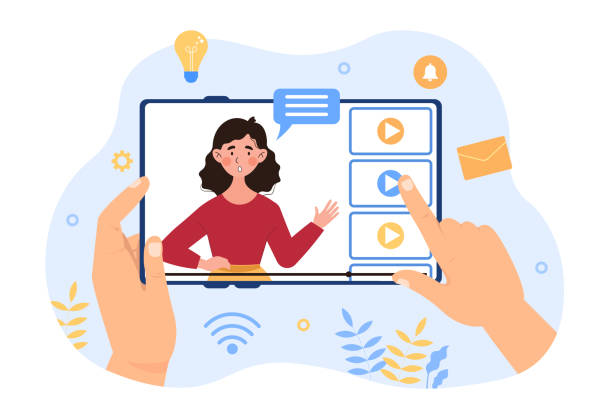
The world of the web is rapidly evolving, and awareness of future trends can help you keep your personal website always up-to-date and engaging.
One of the most important current trends is the increasing role of Artificial Intelligence (AI) in web design and optimization.
AI-powered tools can assist in content generation, SEO optimization, user experience personalization, and even in the design process.
This does not mean that robots will replace human creativity, but rather that they will be tools to increase efficiency and effectiveness.
Personalized user experience is also becoming a standard.
Websites use user data to tailor content and design to match each individual’s specific interests and needs.
This approach increases user engagement and loyalty.
Additionally, Progressive Web Apps (PWAs) are gaining popularity.
PWAs are websites that can function like native mobile applications, have offline capabilities, and can be directly installed on a user’s phone home screen, offering a more integrated user experience.
Increased focus on data privacy and security is another important trend.
As users become more aware of their data, websites must operate more transparently and implement stronger security protocols to earn user trust.
Finally, interactive and multimedia content such as short videos, podcasts, interactive infographics, and Virtual Reality (VR)/Augmented Reality (AR) will also play a more prominent role in attracting audiences.
By considering these trends, you can prepare your personal website for the future and always stay ahead.
This informative and engaging analysis introduces you to the latest developments.
Frequently Asked Questions
| Number | Question | Answer |
|---|---|---|
| 1 | Why should we have a personal website? | A personal website allows you to professionally showcase your resume, portfolio, experiences, and views, strengthening your personal brand. This helps increase career and networking opportunities. |
| 2 | What content should we include on a personal website? | It usually includes “About Me,” “Resume” (skills and experiences), “Portfolio” (projects and achievements), “Blog” (articles and insights), and “Contact Me” sections. The content should be appropriate for your website’s goal. |
| 3 | What is the best platform for building a personal website? | WordPress is a very popular choice due to its high flexibility, numerous themes and plugins, and large user community. Platforms like Wix and Squarespace are also suitable for beginners. |
| 4 | What points should be considered in personal website design? | Responsive design for correct display on mobile and tablet, high loading speed, simple and attractive user interface (UI) and user experience (UX), and search engine optimization (SEO) are key points. |
| 5 | How to choose a suitable domain name for a personal website? | It is best for the domain name to be simple, short, memorable, and related to your name or personal brand. Using common extensions like .com, .net, or .ir is recommended. |
| 6 | What is the importance of the Portfolio section on a personal website? | The portfolio section is the most powerful tool for showcasing your skills and completed projects. This section helps potential employers or clients visibly see your capabilities and have more confidence in you. |
| 7 | Is adding a blog section to a personal website useful? | Yes, a blog allows you to share your expertise through articles and writings, interact with your audience, and improve your site’s search engine ranking by producing fresh content. |
| 8 | How can a personal website be made to look professional? | Using a clean and modern design, a high-quality and professional profile picture, writing content free of spelling and grammatical errors, and ensuring all links and forms function correctly significantly contribute to a website’s professionalism. |
| 9 | What does personal website maintenance and updating include? | Regular content updates, checking link and form functionality, regular data backups, and updating the Content Management System (like WordPress) and plugins are essential for maintaining security and proper operation. |
| 10 | How much does it cost to design and maintain a personal website? | Costs can vary. It includes domain purchase (around $15-50 per year) and hosting (around $50-200 per year). Using free templates or paying for premium templates and plugins also impacts the overall cost. |
And other services of Rasaweb Advertising Agency in the field of advertising
Smart Direct Marketing: Transform digital branding with the help of attractive UI design.
Smart UI/UX: A fast and efficient solution for customer acquisition, focusing on attractive UI design.
Smart Advertising Campaign: Professional optimization for user engagement using precise audience targeting.
Smart Conversion Rate Optimization: A professional solution for user engagement focusing on custom programming.
Smart Customer Journey Map: A combination of creativity and technology for online growth using real data.
And over hundreds of other services in the field of internet advertising, advertising consulting, and organizational solutions
Internet Advertising | Advertising Strategy | Advertorial
Resources
- Complete Guide to Personal Website Success
- Golden Tips for Personal Website Design
- Step-by-Step Personal Website Creation
- The Importance of a Personal Website in Branding
? Ready to revolutionize your business in the digital world? Rasaweb Afarin Digital Marketing Agency, specializing in responsive website design, SEO optimization, and professional social media management, assists you on the path to growth and achieving big goals.
📍 Tehran, Mirdamad Street, next to Central Bank, Kazeroun South Alley, Ramin Alley, No. 6


